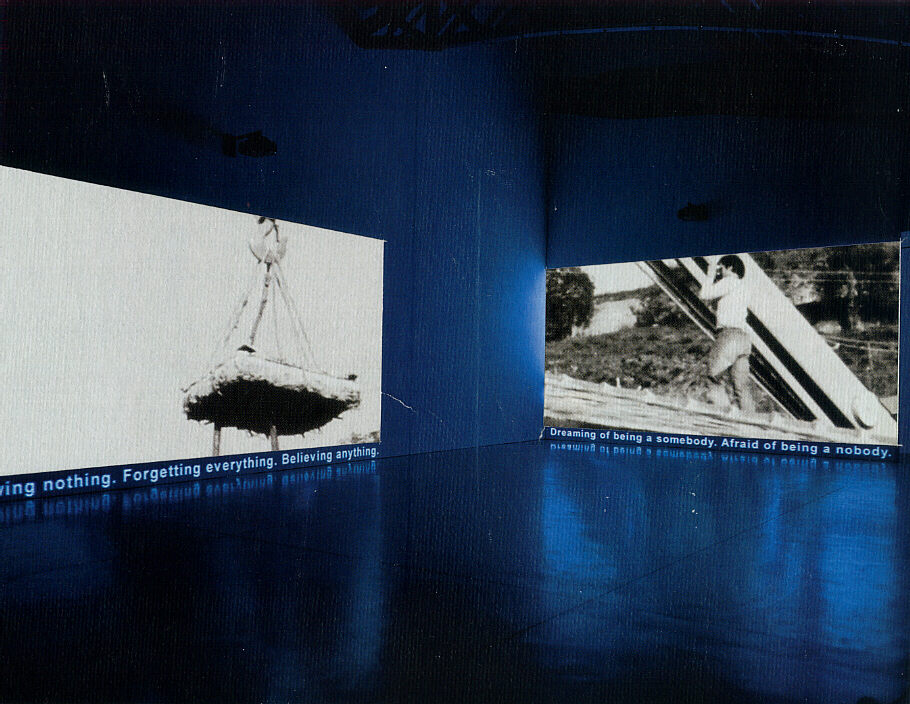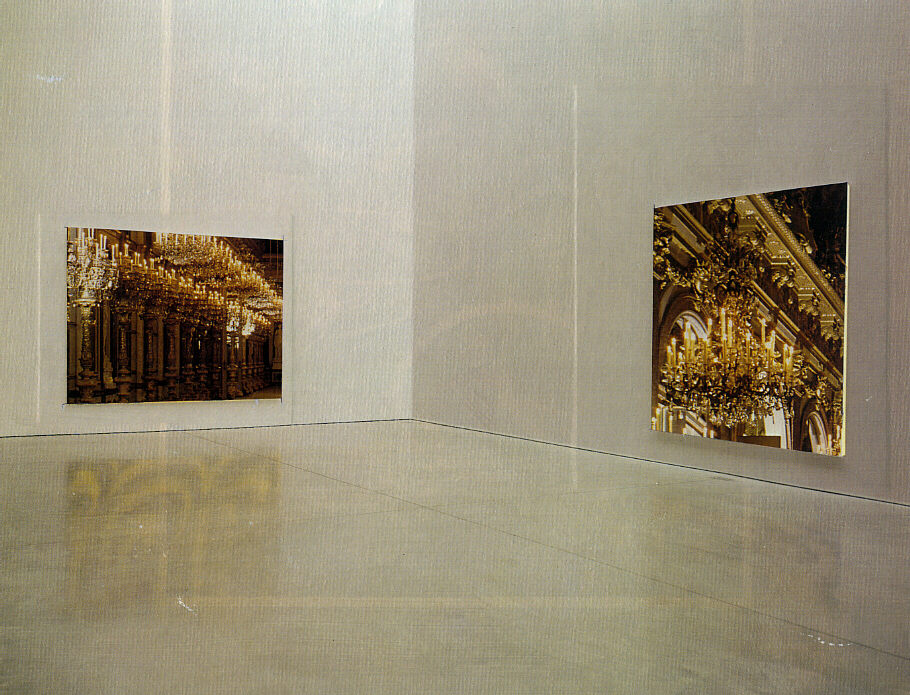Context used to be more real and is now more virtual.
Transparency used to be more virtual and is now more real.
I find that virtual criticism and virtual history are forward looking and trailblazing.
Perhaps cities are just becoming more and more incoherent.
Another thing I like about all the study models is that so often almost any one of the models looks to be an exciting and/or interesting building. And often too it is within the collection of study models that one finds the riskier designs. "Getting it right" isn't the only operation going on. There's also a having-to-let-go of good designs.
"Then I thought, might it not be interesting if homes were treated/designed like BIG BOX stores."
"If only all architecture were so self-evident."
"I know. It never really was a museum, was it?"
Seven Typical Plans of Ambiguity or Plan Atypical:
The first typical plan of ambiguity arises when a detail is effective in several ways at once.
In the second typical plan of ambiguity two or more alternative meanings are fully resolved into one.
The condition for the third typical plan of ambiguity is that two apparently unconnected meanings are given simultaneously.
In the fourth typical plan of ambiguity the alternative meanings combine to make clear a complicated mind in the architect.
The fifth typical plan of ambiguity is a fortunate confusion...
In the sixth typical plan of ambiguity what is designed is contradictory or irrelevant and the user is forced to invent interpretations.
The seventh typical plan of ambiguity is that full of contradiction, marking a division in the architect's mind.
5, 6 and 7 are my favorites.
As to books, I had and still have many, and at this point I'm seriously thinking of taking a lot of them apart and then mixing and rearranging all the various pages into a series of new books. Maybe I'm foolish, but I anyhow imagine there's a great untapped realm beyond the status quo.

I Can't Stand the Cite of Blood
| |
 
|